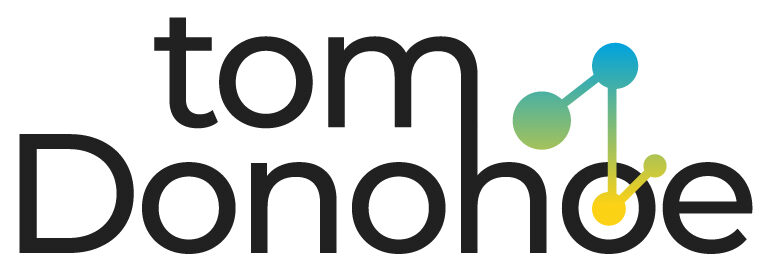Nine essential reports for sales managers

A good manager knows the importance of different sales reports. Sales reps can use reports to deepen their understanding of prospects and how they can make the most of your product. They can also create a plan that is tailored to each prospect to help them reach their goals. These are the main reasons why prospects seek out the assistance of sales representatives.
It’s not enough to know your prospects or your product in order for your team members to achieve their sales goals. Reading and analyzing sales data is just as crucial to understanding the factors that affect your team’s performance. It can be used to fine-tune the sales process or fill any knowledge gaps.
You must first ensure that you have the correct data before you can judge performance. 46% do not use dedicated technology for tracking lead and customer information. You can’t follow the data you need if you lack the tools necessary to create accurate reports. Sales managers cannot analyze the performance of their teams or pinpoint areas for improvement without a reliable database.
Discover nine essential sales reports that all sales managers should use.
Revenue by Salesperson
This first report looks at the amount of revenue that each salesperson generated. It is usually done on a month-to-month basis. This is one of the most popular sales metrics, and it’s important to sales reps as well as managers. How much have I sold? It is always a question that both sales reps and managers are interested in.
This is one of the most common performance indicators managers use. This metric is a good indicator of how well an employee is doing. Anyone who does not do well could be hurting sales. This is not a perfect measure by any means. It’s possible that a low number of revenue could be caused by a few deals not being closed until the beginning of next month. This report can give managers an idea of how well a salesperson has done in many cases.
Employees may be interested in tracking their progress with respect to their sales quota or company average, as well as their sales goals.
You can use these reports to evaluate the team or company. You can also analyze the data each month to see how trends impact sales and whether your team has grown or decreased over time.
Conversion Rate
This is the ratio of the number of deals that were won versus the number of deals that were lost. The conversion rate (also known as the win-loss ratio) is a better indicator than revenue totals because it shows you, in many cases, why revenue went up or down.
The basic revenue report only gives you a piece of the picture. The reports can show you how much your revenue has grown or decreased, but they don’t provide any context as to why. The increase in revenue can be attributed to factors like advertising cycles, increased prices, and upselling.
Conversion rates will tell you exactly how much of your monthly sales can be attributable to your team. If your revenue stays the same, but your win rates increase during the same period, this indicates that your team has done a better job converting leads to customers. If your win rate is decreasing, it could be a sign that team performance has fallen or you have poor leads.
Conversion rates are similar to revenue reports and can be calculated for an individual, your team, or the entire company. You can be sure that if you see a team member consistently delivering high win rates, they are doing well.
Loss Rate by Sale Phase
This is the percentage of sales lost in each phase of a sales cycle. The conversion rate gives you a good overview of the performance of your team, but it is also possible to analyze what appears to happen at each stage of the sales cycle.
Loss rate by sales phases attempts to display exactly when deals get lost. This could be used as a tool to identify any weak points in your sales cycle.
Say your team is losing deals after the presentation. This gives you an opportunity to evaluate the sales presentation of a sales team or a specific salesperson. Then, you can take steps to improve it.
By examining your pipeline or by coaching, you can find any weaknesses within your sales process and improve them. YoIt would be best if you tried to enhance the performance of your entire team.
Average Sales Cycle Length
It is the time it takes to close a sale from the beginning of the sales cycle until the end. This is sometimes called the closing speed, and it’s one of the most important sales metrics that sales managers use.
It would be best if you first created a comparison timeframe. This metric is based on the average time it takes to close a deal. You can also plan a presentation or send a quote if you know how long it takes to complete the sales cycle.
You can also use the average sales cycle to help manage your pipeline. You can tell the salesperson if you notice that an opportunity is no longer active or if it seems like a deal will take more time than the average. It may be the right time to try a different tactic or offer additional incentives.
This metric can also be used to establish a baseline of performance for each salesperson. You can identify areas for improvement and weaknesses if you notice that one employee takes longer than average. If someone consistently closes deals fast, you can learn what they do and share it with the rest.
Response Time
It is the time that passes between an inquiry from a client and a response by a salesperson. This is usually measured after the initial contact, but it can be done at any stage of a sales cycle.
This metric is highly valued by companies that depend on inbound leads. Response time can make or break industries such as hospitality, software development, event planning, and real estate.
Sales managers must track this time gap to ensure they are able to close deals. You can eliminate roadblocks by monitoring your team’s response speed.





